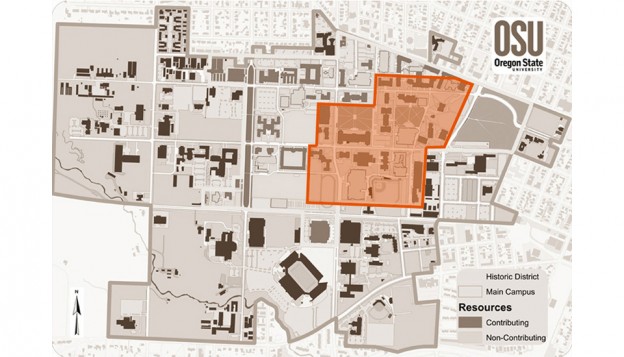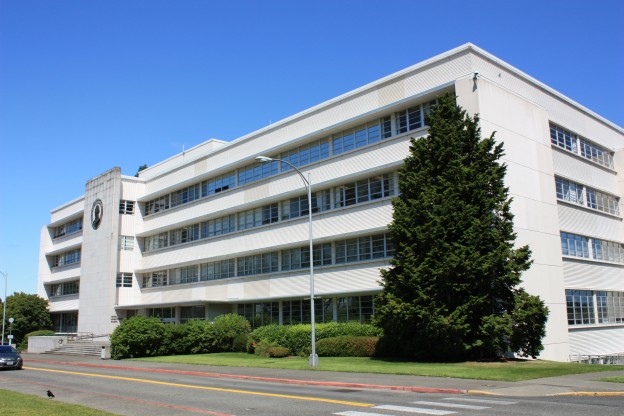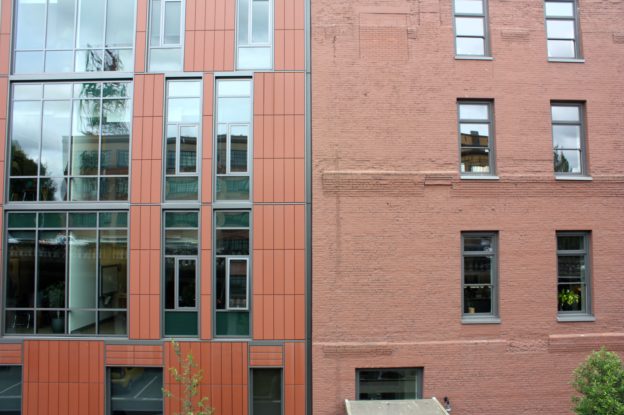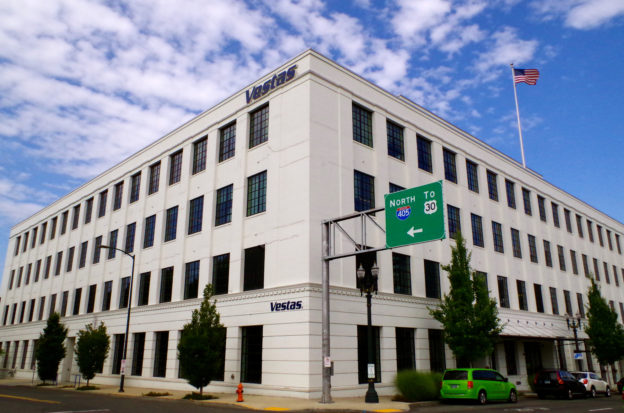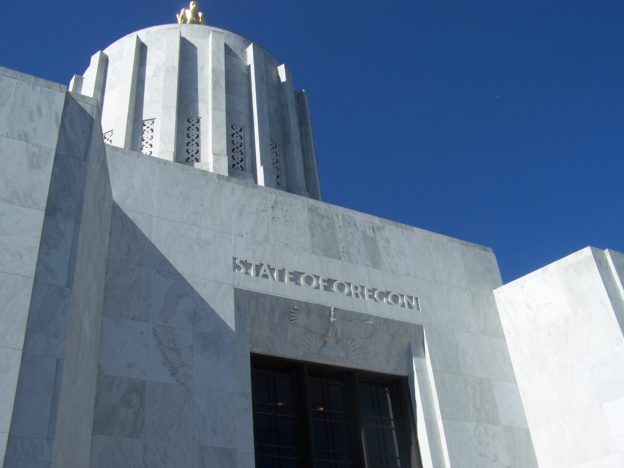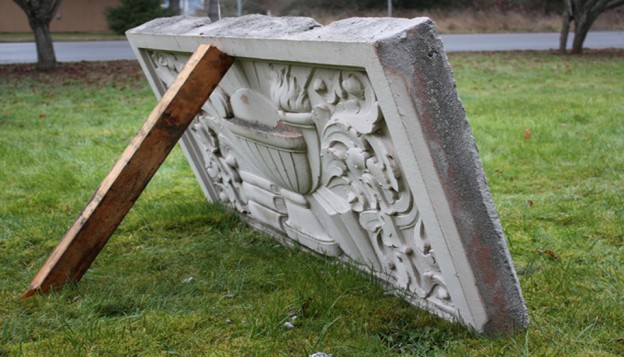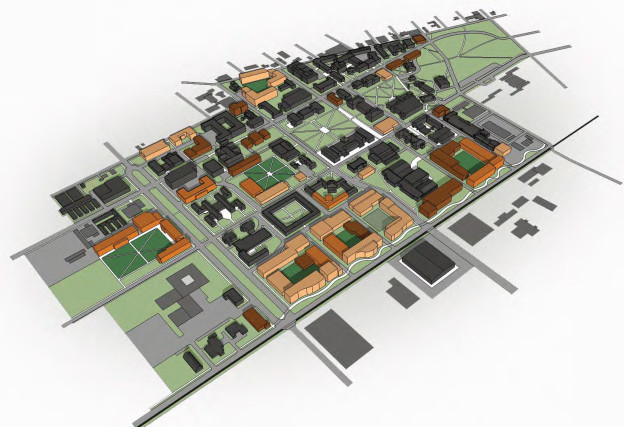The Oregon State University Historic District is located within the main campus, and reflects the development of the main campus from its beginnings in the late 1880s as the state’s first land-grant educational institution, through post WWII (1957). OSU received The Getty Foundation Campus Heritage Grant, which assisted the OSU Foundation in writing and procuring funding for a campus-wide Historic Preservation Plan (HPP). The HPP was created to support specific preservation goals of the university, including the preservation of its historic resources.
PMA was the lead consultant of this multifaceted project responsible for several documents in conjunction with the Historic Preservation Plan including:
- An Intensive Level Survey (ILS) of the Corvallis Campus
- A National Register nomination for the OSU Historic District
- Design Guidelines for the Historic District
- City of Corvallis zoning code review
- The graphic design and layout of campus signage for visitor orientation
- Produced and designed a Campus Walking Tour Brochure


